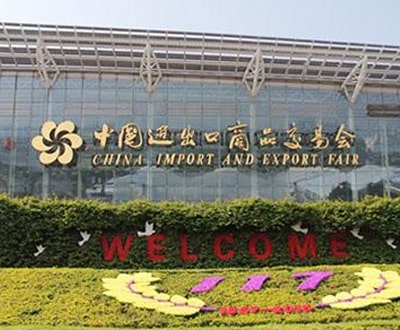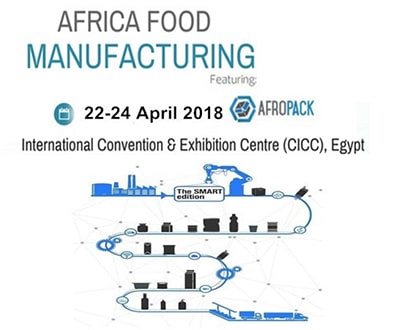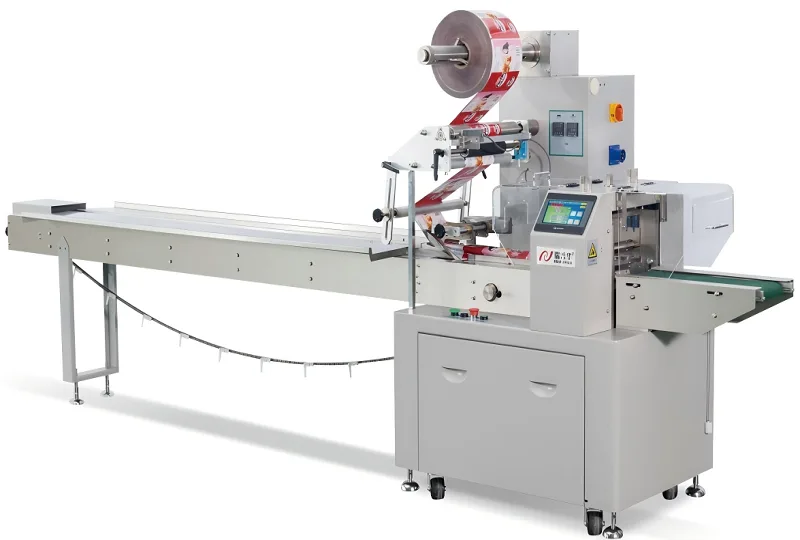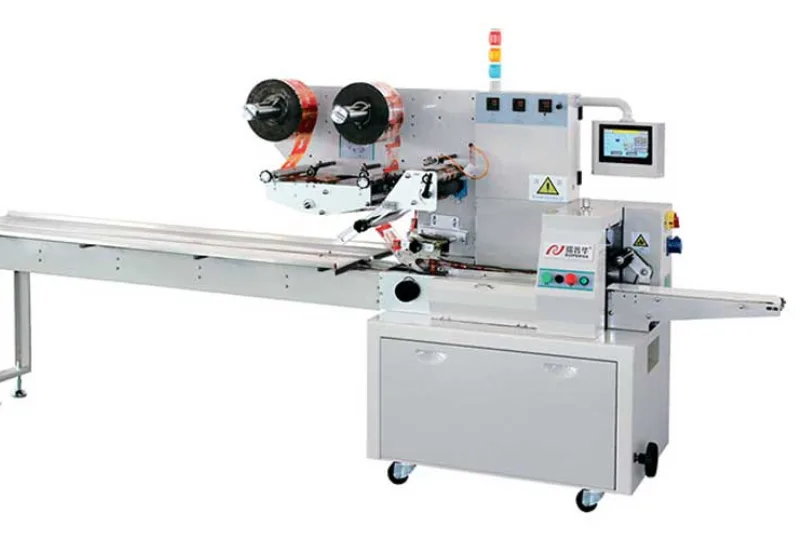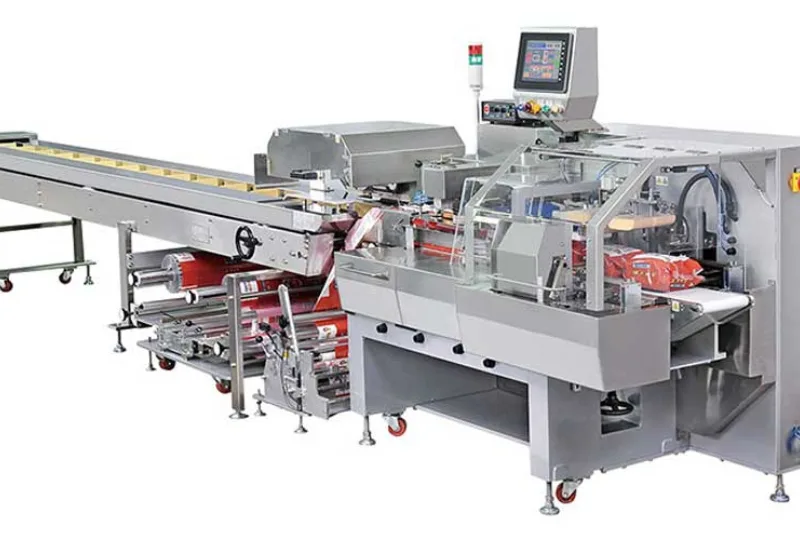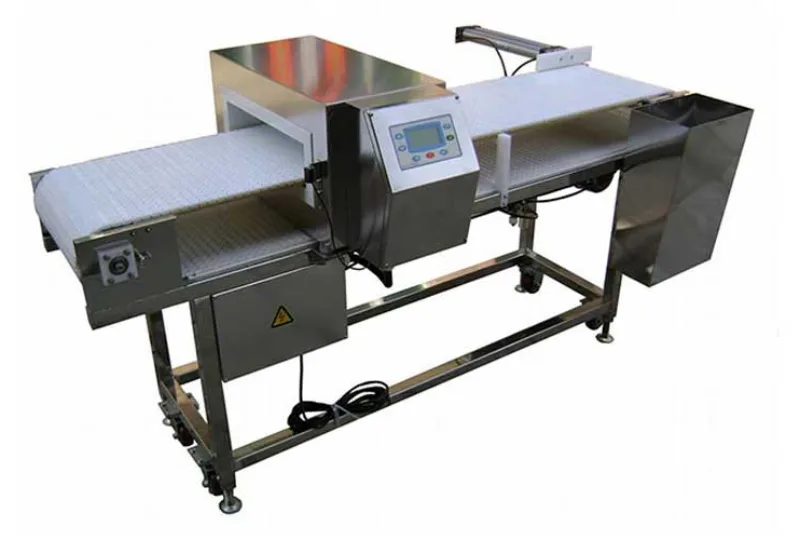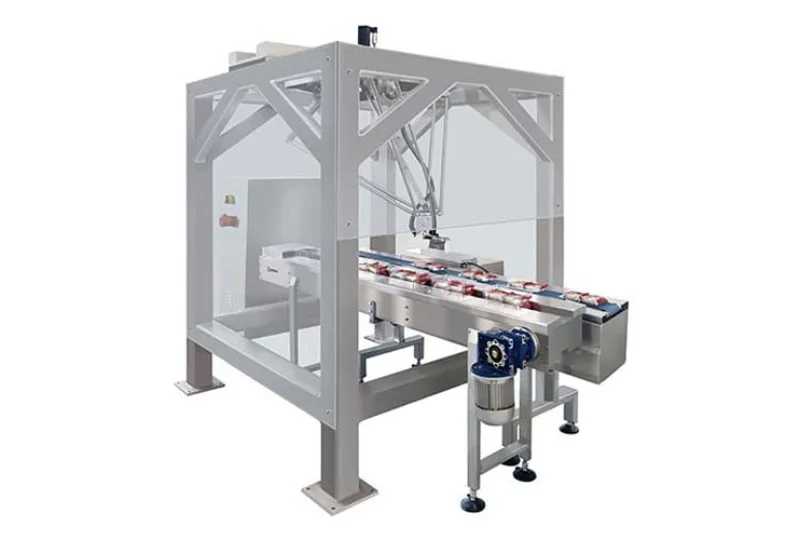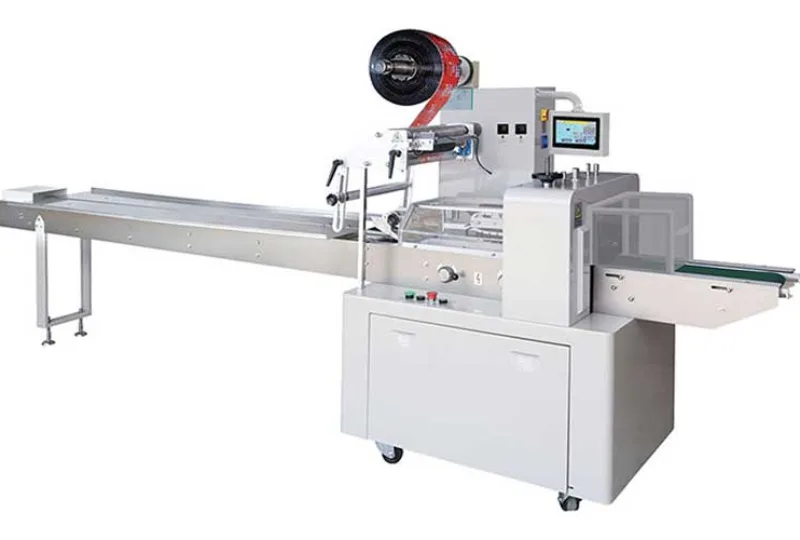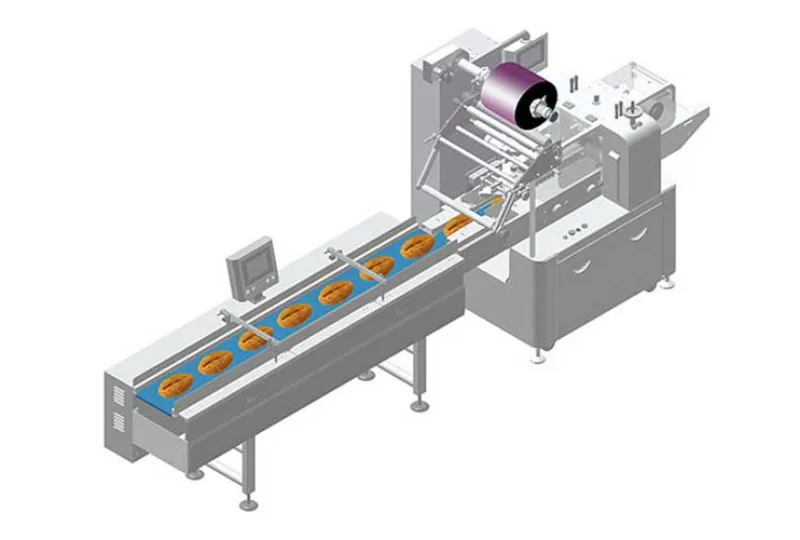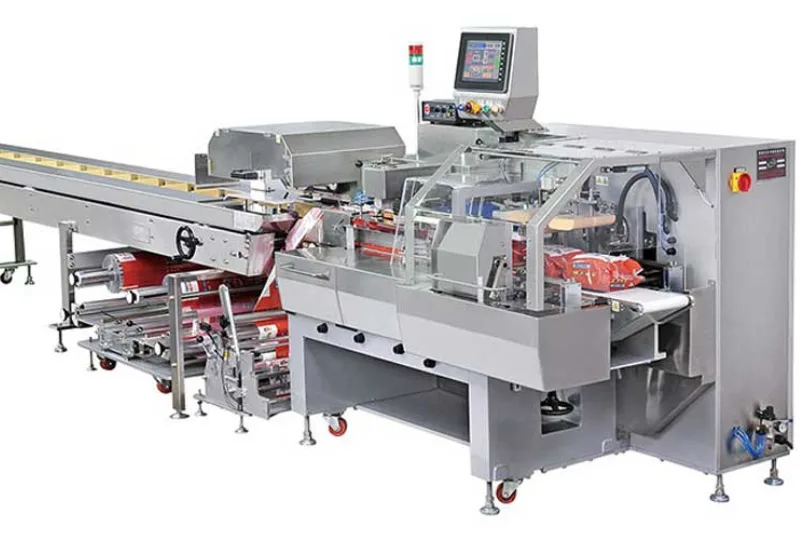Comparing Manual vs. Automated Pillow Wrapping Machines
Comparing Manual vs. Automated Pillow Wrapping Machines: A Battle of Efficiency and Cost
In the realm of packaging, the choice between manual and automated pillow wrapping machines is a pivotal decision that can profoundly impact a business’s productivity and profitability. Each approach boasts its unique set of advantages and drawbacks, demanding a thorough analysis before making this critical investment.
Manual Pillow Wrapping Machines: A Labor-Intensive Affair
Manual pillow wrapping machines require a dedicated workforce to perform the wrapping process. This labor-intensive approach inevitably limits the speed and efficiency of production, especially during periods of peak demand. Moreover, manual wrapping is prone to inconsistencies and errors, leading to potential product damage and customer dissatisfaction.
Automated Pillow Wrapping Machines: The epitome of Efficiency
Automated pillow wrapping machines, on the other hand, leverage cutting-edge technology to streamline the packaging process, eliminating the need for manual labor. These intelligent machines operate at lightning speed, ensuring consistent, high-quality wrapping every time. Their advanced sensors and programmable settings minimize waste and downtime, maximizing productivity and profitability.
Cost Considerations: A Balancing Act
The initial cost of automated pillow wrapping machines is undoubtedly higher than their manual counterparts. However, over time, the labor savings and increased efficiency gained by automating this process often outweigh the initial investment. Additionally, automated machines require less maintenance and downtime, further contributing to long-term cost savings.
Environmental Impact: A Green Concern
In the age of environmental consciousness, it is essential to consider the impact of packaging machines on the environment. Manual wrapping typically generates more plastic waste due to inconsistent wrapping speeds and errors. Automated machines, with their precise control and reduced material consumption, offer a greener alternative, minimizing the environmental footprint of your packaging operations.
The Verdict: A Matter of Business Needs
Ultimately, the choice between manual and automated pillow wrapping machines depends on the specific requirements and constraints of a particular business. For small-scale operations with limited production volumes and cost sensitivity, manual machines may suffice. However, businesses seeking higher efficiency, consistent quality, and long-term profitability should strongly consider investing in automated solutions.
-
01
Automatic Tray Loading and Packaging Equipment: Boost Efficiency to 160 Bags/Minute
21-11-2025 -
02
Automatic Soap Packaging Machine: Boost Productivity with 99% Qualification Rate
21-11-2025 -
03
A Deep Dive into Automatic Toast Processing and Packaging System
18-11-2025 -
04
The Future of Bakery Production: Automated Toast Processing and Packaging System
18-11-2025 -
05
Reliable Food Packaging Solutions with China Bread, Candy, and Biscuit Machines
11-10-2025 -
06
High-Performance Automated Food Packaging Equipment for Modern Production
11-10-2025 -
07
Reliable Pillow Packing Machines for Efficient Packaging Operations
11-10-2025 -
08
Advanced Fully Automatic Packaging Solutions for Efficient Production
11-10-2025 -
09
Efficient Automatic Food Packaging Solutions for Modern Production
11-10-2025 -
10
Advanced Automatic Packaging Equipment for Efficient Production
11-10-2025




